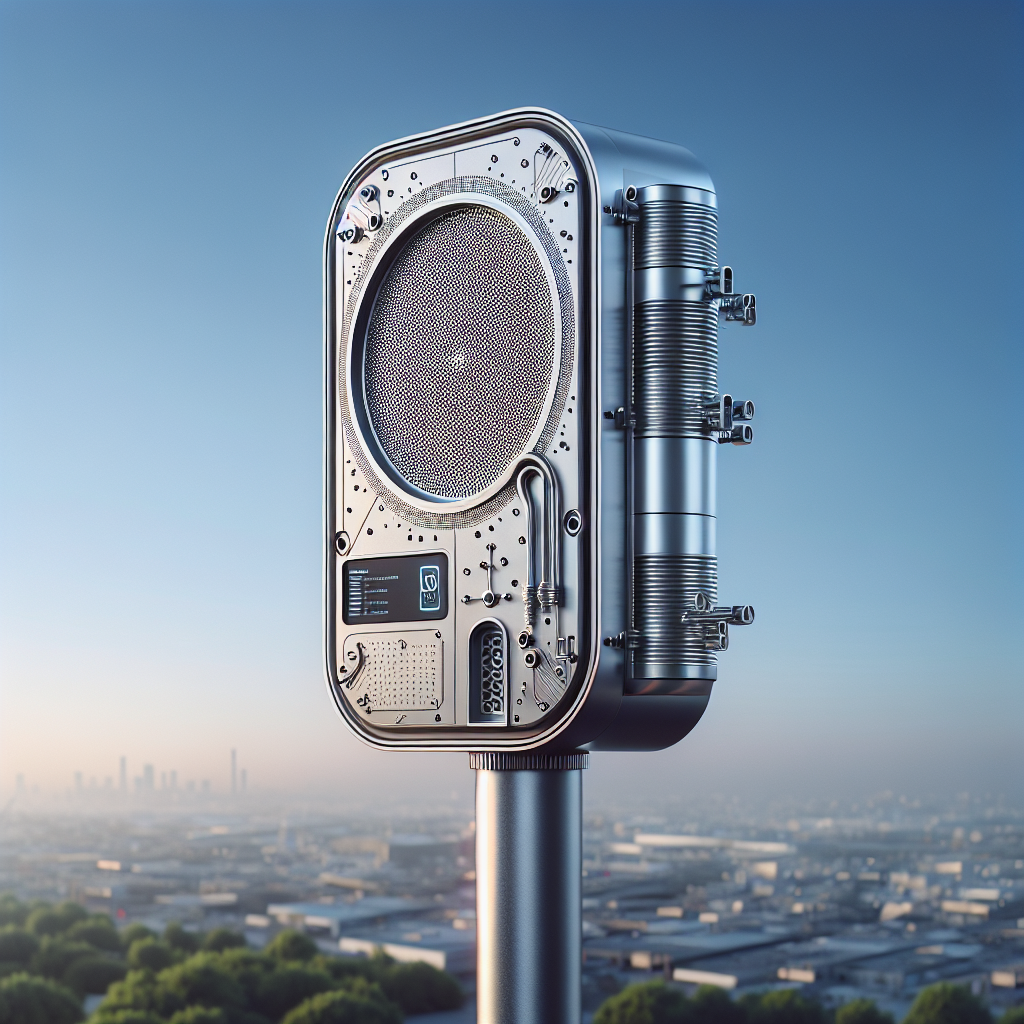Colorado is intensifying its efforts to combat toxic ozone and greenhouse gases with a robust deployment of experts and cutting-edge technology. Over the next two weeks, leading scientists from NOAA, NASA, and the Colorado health department will be on the ground, in the air, and in space to identify major pollution sources in the northeastern region of the state.
Researchers will focus on areas like Colorado’s oil and gas basins, agricultural lands, and urban zones. Key pollutants, including greenhouse gases, ozone precursors such as nitrogen oxides, and methane leaks, will be meticulously measured. This large-scale initiative is the most comprehensive effort seen in the last decade, according to Sunil Baidar from NOAA’s Chemical Sciences Laboratory.
Colorado’s northern Front Range counties are currently in “severe” violation of EPA ozone standards. State regulators must enforce stringent new pollution control policies to rectify these violations. Following the Colorado study, NOAA and NASA will turn their attention to Salt Lake City, which also struggles with ozone compliance.
The summer research efforts will monitor emissions during peak conditions, when hot sunlight exacerbates pollution from vehicles, industrial sources, and drilling operations into high ozone levels. Collaborating with local researchers, NOAA and NASA aim to identify clear targets for policy changes to tackle air pollution.
For the next five years, these federal agencies will extend their research to other major U.S. oil and gas production basins. Advanced technologies, including remote satellites and aircraft equipped with optical methane imaging, will be deployed to detect methane leaks and other pollutants from high altitudes and at ground level.
Ground-based labs, along with aerial surveillance, will provide comprehensive data on pollution sources, comparing current levels with those from ten years ago. This data will help officials to devise better strategies for controlling various pollutants, including nitrogen oxides and carbon monoxide.
The Colorado research hub is based at aircraft hangars in Broomfield, where NOAA and NASA’s field operations are headquartered. This initiative aims to leverage state-of-the-art technology to enhance air quality and mitigate climate change, as noted by Steven Brown, leader of NOAA’s Tropospheric Chemistry program.
Michael Ogletree, director of the state health department’s Air Pollution Control Division, emphasized that the new data will facilitate informed policy decisions and improve real-time pollution forecasts. Colorado, facing a 2027 deadline, must submit improvement plans and enact policies to meet EPA ozone standards.
Currently, the Denver metro area has recorded several ozone violations this season, prompting frequent alerts to vulnerable populations to limit outdoor activities.
